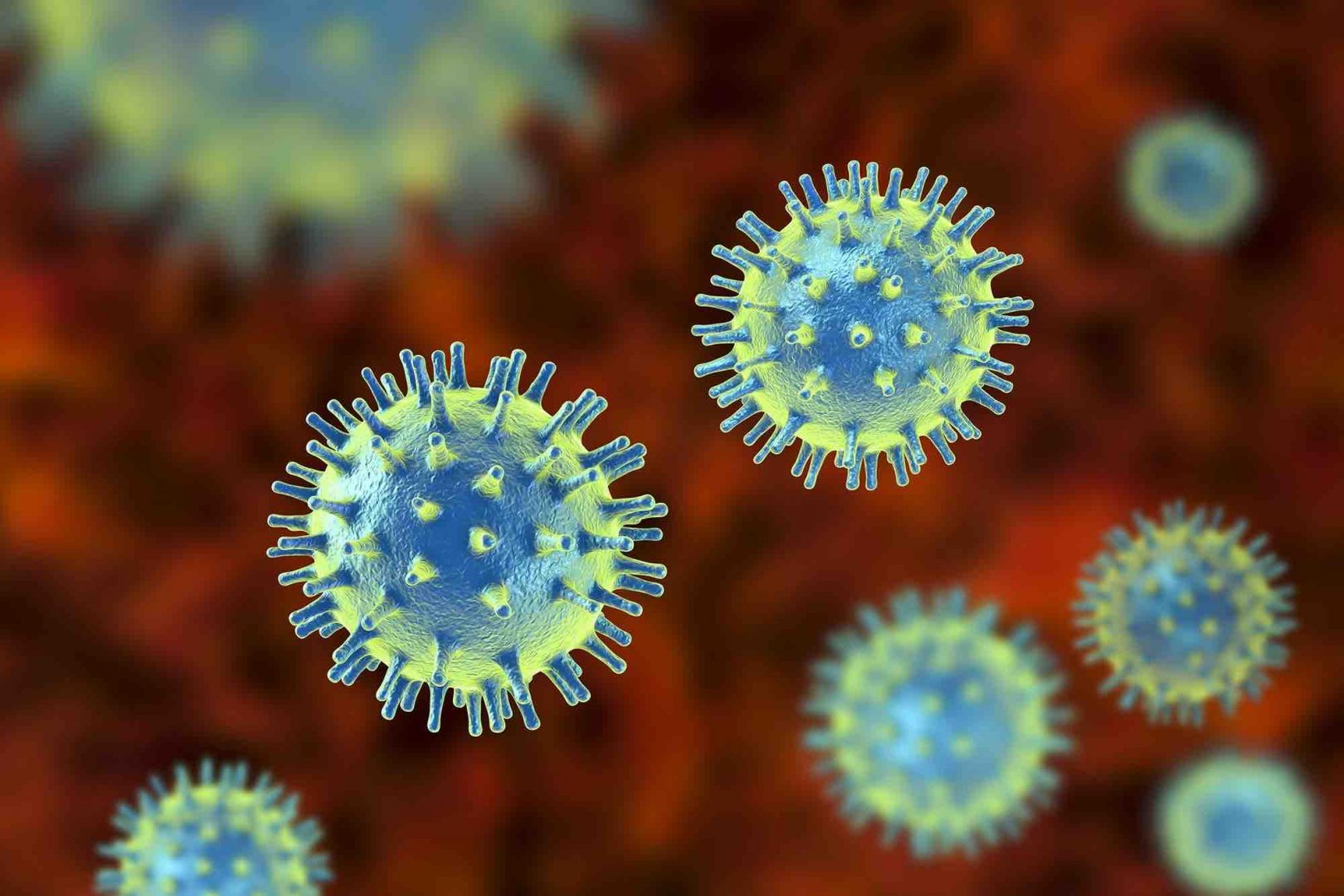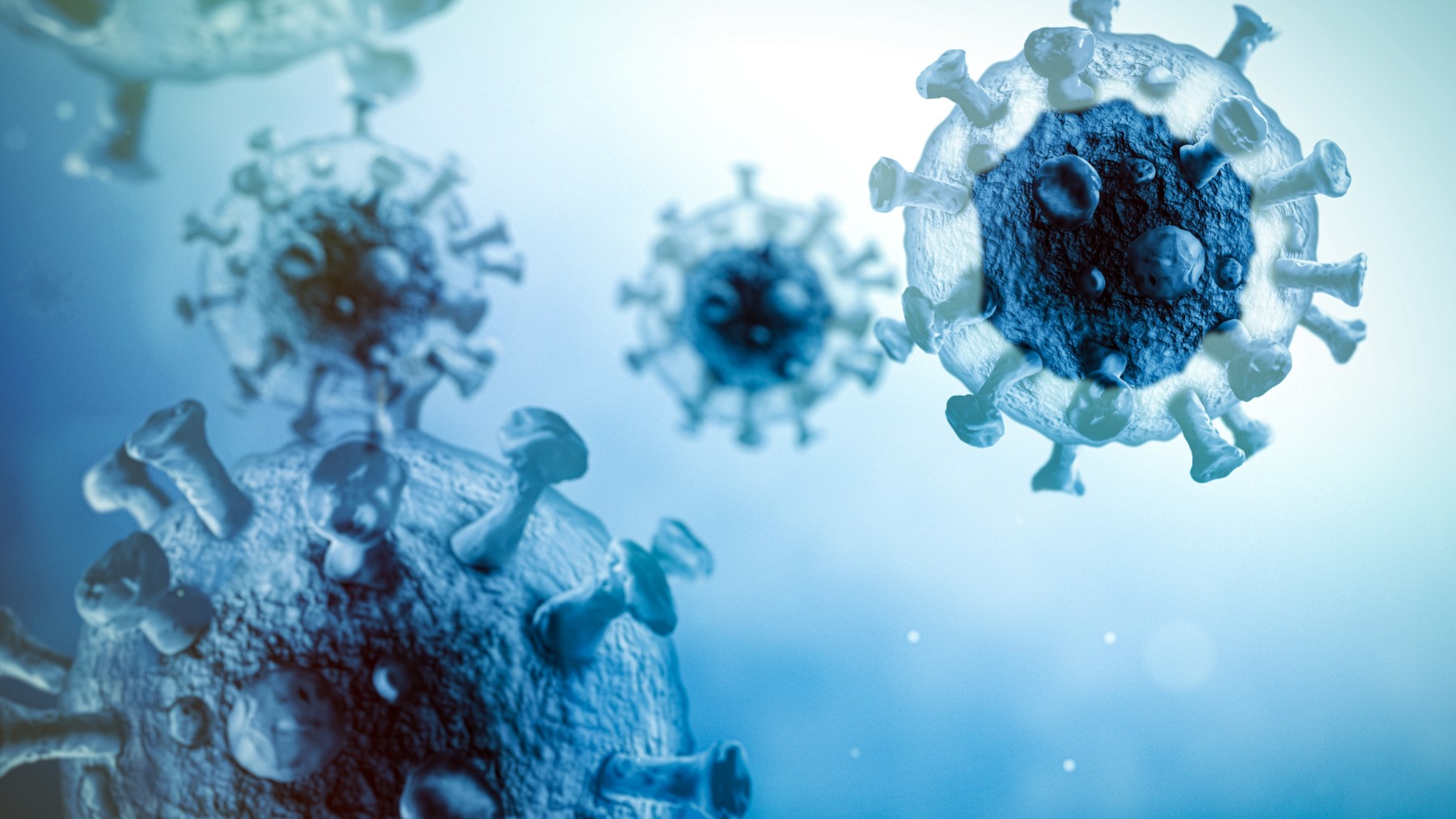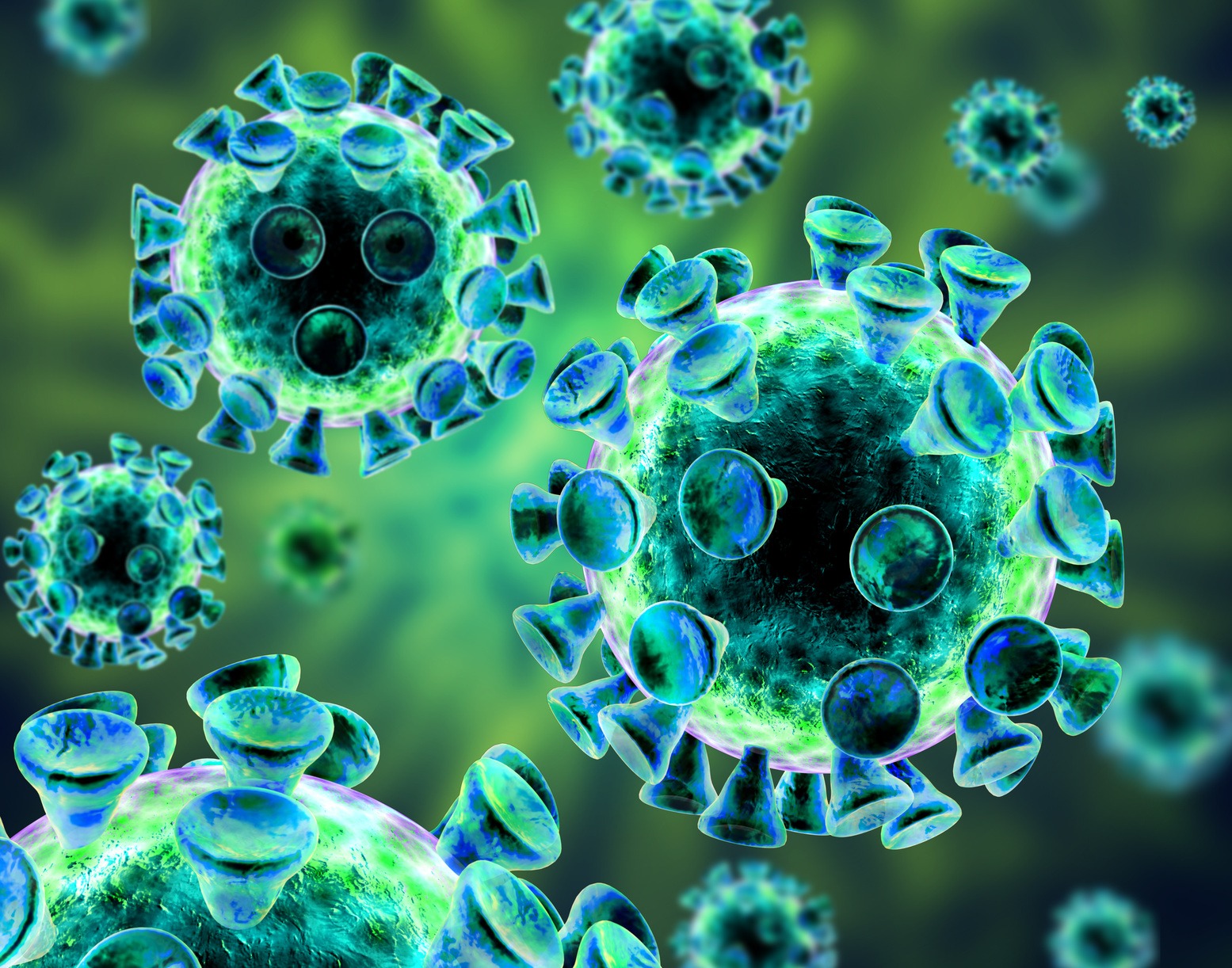· virus - structure, capsid, genome: Viruses possess unique infective properties and thus often cause disease in host organisms. Microbiology came into being largely through studies of bacteria. · virus, infectious agent of small size and simple composition that can multiply only in living cells of animals, plants, or bacteria. Viruses can reproduce only within a host cell. · microbiology - bacteria, viruses, fungi: Virus, microscopic, simple infectious agent that can multiply only in living cells of animals, plants, or bacteria. The major groups of microorganisms—namely bacteria, archaea, fungi (yeasts and molds), algae, protozoa, and viruses—are summarized below. A virus reproduces itself by taking over a living cell and making it into a virus factory. · virus - infection, host, replication: · virus - infection, structure, replication: Although viruses were originally discovered and characterized on the basis of the diseases they cause, most viruses that infect bacteria, plants, and animals (including humans) do not cause disease. Filoviruses have enveloped virions (virus particles) appearing as variably elongated filaments that are about 80 nm (1 nm = 10−9 metre) in diameter and generally between 650 and 1,400 nm in length. · black death, pandemic that ravaged europe between 1347 and 1351, taking a proportionately greater toll of life than any other known epidemic or war up to that time. The amount and arrangement of the proteins and nucleic acid of viruses determine their size and shape. Learn about the history, types, and features of viruses. The black death is widely thought to have been the result of plague, caused … The virus can linger in the air for as long as two hours, increasing its chances of transmission to a new host. Filovirus, any virus belonging to the family filoviridae. The parental virus (virion) gives rise to numerous progeny, usually genetically and structurally identical to the parent virus. · the disease is caused by the measles virus, which spreads through droplets that are released into the air by coughing and sneezing. Encyclopædia britannica, inc. Links to the more detailed articles on each of the major groups are provided. The nucleic acid and proteins of each class of viruses assemble themselves into a structure called a nucleoprotein, or nucleocapsid.
The Virus Nobody Expected: A Growing Threat To Americans
· virus - structure, capsid, genome: Viruses possess unique infective properties and thus often cause disease in host organisms. Microbiology came into being largely through...




